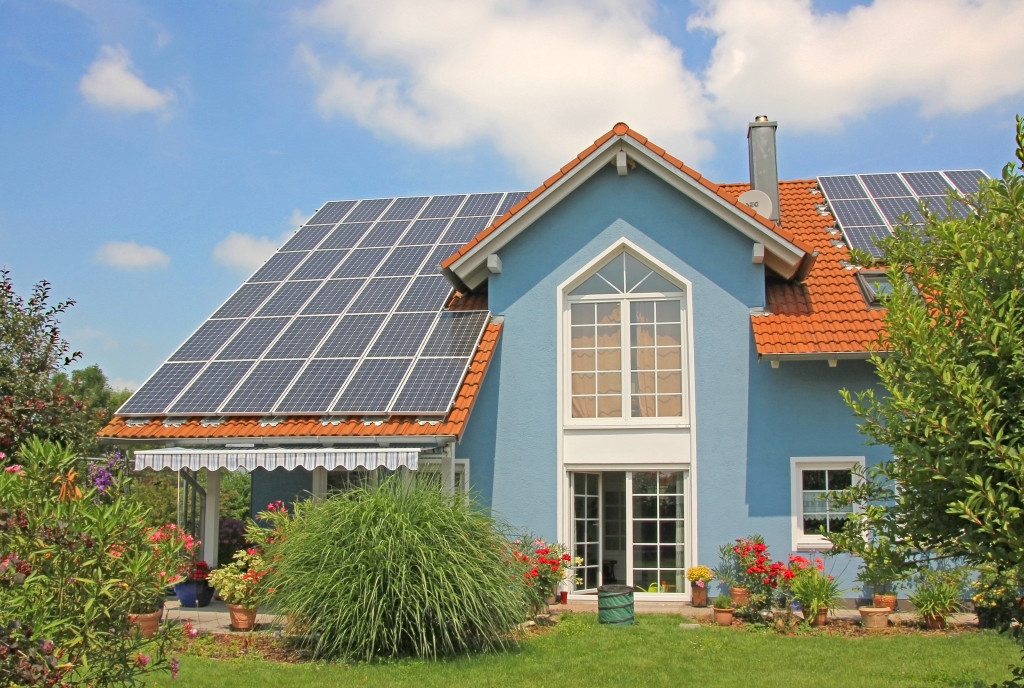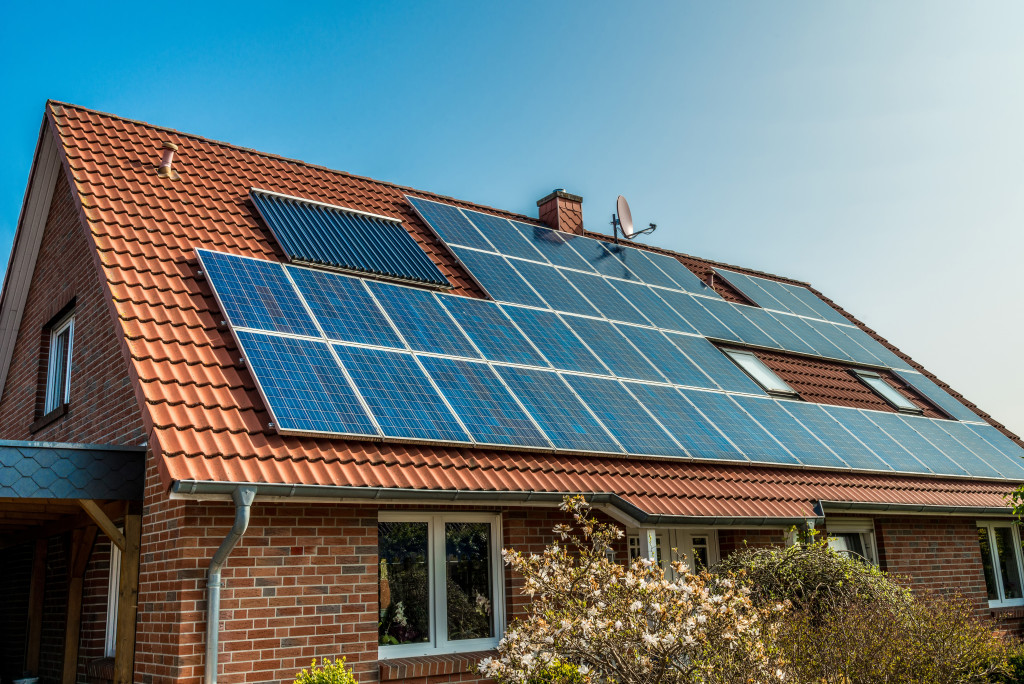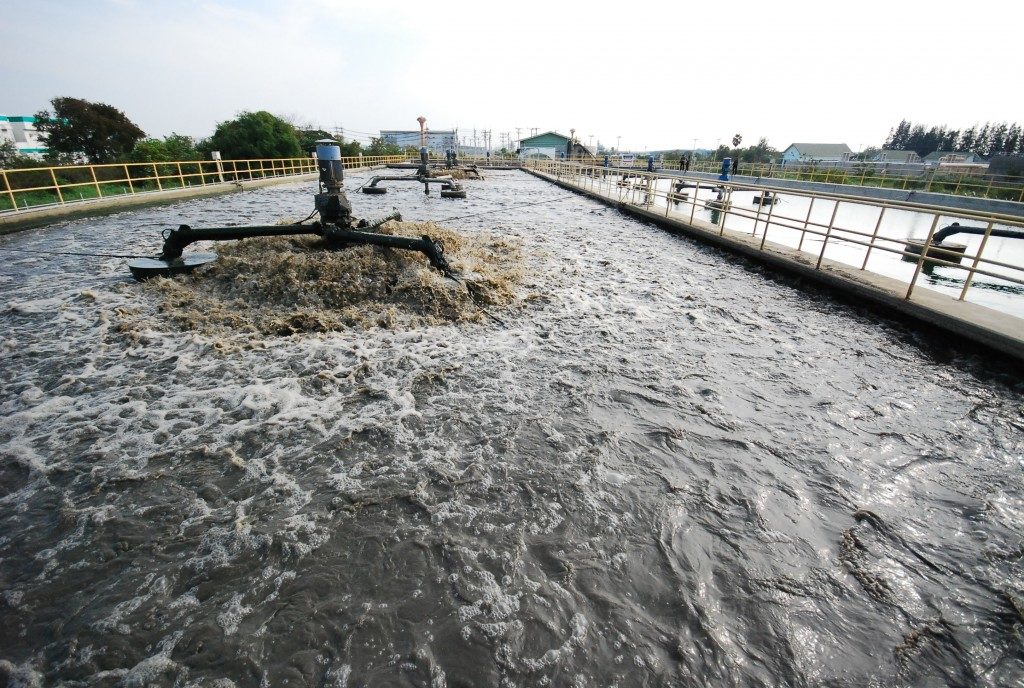There are many benefits to living in a self-sustaining home. Not only does it reduce your reliance on the grid, but it also allows you to be more independent and self-sufficient. Additionally, living in a self-sustaining home can help you save money on your energy and water bills, and it can even make you more environmentally friendly.
It won’t be easy or cheap. A self-sustaining home requires a number of upgrades that can be costly. But, if you’re willing to make the investment, here are some key elements that your home should have in order to be self-sufficient:

Solar Panels
Solar panels are a key component of any self-sustaining home. They allow you to generate your own power from the sun and reduce your reliance on the grid.
When you harness solar power, you’re not only reducing your environmental impact, but you’re also making your home more sustainable. Your home wouldn’t be affected by power outages or price hikes, and you’d be able to generate your own power even in the most remote locations.
Additionally, solar panels can help you save money on your energy bills. You wouldn’t have to pay for electricity anymore, and you could even sell back excess power to the grid. There are also countries that reward households that use solar panels through tax breaks.
Rainwater Harvesting
Rainwater harvesting is another essential element of a self-sufficient home. It allows you to collect and store rainwater for use in your home, which can help reduce your water bills. Additionally, rainwater harvesting is a great way to conserve water and help reduce your environmental impact.
There are a number of ways to collect rainwater, from simple rain barrels to complex systems that use gutters and cisterns. No matter what type of system you choose, rainwater harvesting is a great way to make your home more sustainable.
Heat Generation
In order to be truly self-sufficient, your home needs to be able to generate its own heat. This can be done in a number of ways, from using solar thermal panels to burning wood or biomass.
If you live in a cold climate, heating your home can be one of your biggest expenses. But, if you have a self-sufficient home, you’ll be able to keep your home warm without relying on the grid. You’ll also reduce your environmental impact since you won’t be relying on fossil fuels to heat your home.
Food Production
It’s not enough to just generate your own power and water — you also need to be able to produce your own food. This can be done in a number of ways, from traditional gardening to hydroponics and aquaponics.
Hydroponics is a method of growing plants without soil. Instead, plants are grown in water and nutrient solutions, which allows for greater control over the environment and results in higher yields.
Hydroponics is a great way to grow your own food and reduce your reliance on supermarket produce. It’s also a great way to increase your home’s sustainability, as it doesn’t require any soil or land.
On the other hand, aquaponics is a combination of hydroponics and aquaculture. In aquaponics, fish are raised in tanks, and their waste is used to fertilize plants. The plants then filter the water, which returns it to the fish tanks.
Aquaponics is a great way to produce both fish and vegetables, and it’s a great way to increase the sustainability of your home.
Food production is an essential part of any self-sufficient home. Not only does it allow you to be more independent, but it also allows you to grow your own food organically, without using chemicals or pesticides. You’ll also be able to choose the types of food that you grow, which can be especially beneficial if you have dietary restrictions or allergies.
Composting
Composting is the process of breaking down organic matter into compost, which can be used as fertilizer for plants. Not only is composting a great way to recycle organic waste, but it’s also a great way to improve the fertility of your soil and increase your garden’s yield.
Composting is a simple process that anyone can do, and it’s a great way to make your home more sustainable. By composting your organic waste, you can reduce your environmental impact and improve your garden’s productivity.
In order to make your home self-sufficient, you’ll need to incorporate some or all of these elements into your design. If you’re willing to make the investment, a self-sustaining home is a great way to reduce your reliance on the grid and become more environmentally friendly.





